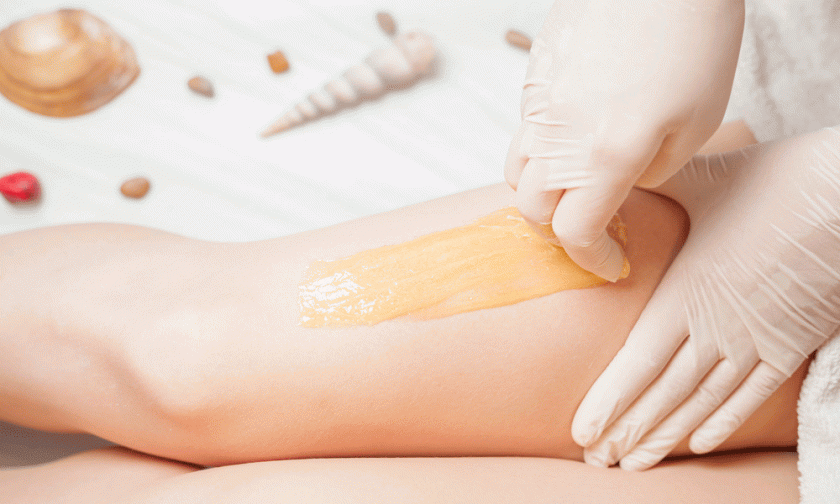With the aesthetics industry continuing to evolve, therapists have the choice of specialising in specific areas of beauty therapy.
And with waxing bars popping up on what seems like every street corner, the hallowed art of hair removal has quickly become one of the main areas of interest.
Having spoken with their members, CIDESCO, the world’s major international beauty therapy association, has found that aesthetics business owners and therapists alike are finding themselves looking at which waxing techniques that will help them not only attract new customers, but also enable them to offer the most effective products to retain existing clientele.
Offering diplomas in Beauty Therapy and Electrical Epilation, CIDESCO diplomas cover permanent hair removal techniques as well as depilation, which include hot and strip waxing.
While hot wax is the original of all waxing systems, still chosen for the tougher hair regions, CIDESCO has found that manual and cartridge strip waxing has fast gained popularity amongst therapists for its efficiency.
Lilliane Caron, CaronLab Australia and WaxxxPress founder, comments: “Cartridge waxing ensures a smooth application of wax onto the skin and is a great method for busy waxing salons that have trouble maintaining their pace when using spatulas, especially when it comes to waxing larger areas such as the legs, chest, arms and back.”
Lydia Jordane, founder and CEO of Lycon Cosmetics, says: “A superior hot wax removes hairs from the roots and should be practically pain-free, with minimal or no skin redness. It’s also important that the wax doesn’t remove a layer of skin that can later turn into hyper-pigmentation.”
With schools located around the globe, CIDESCO wants to emphasise to the beauty industry that there is no “one wax for all” concept, which is why a consultation before any waxing treatment is key.
People have different pain threshholds, levels of sensitivity and, in specific cultures, the hair can be coarser when compared to that of others, so it’s important to remember that there is no one rule to follow.
When hairs are correctly removed and the right pre- and post-care products are recommended, the results of waxing lasts much longer with the possibility of ingrown hairs becoming a thing of the past.
Waxing is about longevity and encouraging clients to stick with it. The more waxing you have (every 3-5 weeks) the more the hair follicles weaken and hair growth thins, reducing discomfort significantly in subsequent treatments.
CIDESCO has also been investigating the rise of male waxing, finding that more and more men choose to wax, whether for sporting reasons or simply for personal grooming.
As men are more pain-sensitive than women, it’s important to manage client expectations from the start, highlighting the benefits of waxing as a long term result.
Another growth area which CIDESCO is finding more and more on offer in beauty salons is female intimate waxing, such as bikini lines and Brazilians.
It is essential the correct wax type is chosen for this type of application to ensure total satisfaction with the least sensitivity or reaction possible. Therapists need to upskill to ensure they are able to offer such treatments as the demand increases globally.
From her extensive experience, Lydia Jordane found that “anyone who felt pain with their first waxing feels much less pain with subsequent waxing with the pain factor diminishing by between 70- 80 percent.”
“It’s important to start with the basics,” adds Lilliane Caron. “Just as we need to be able to crawl before we walk, it’s important that therapists are confident and competent with their general waxing skills”.
Therapists are then able to move onto the more skilled techniques which will benefit business in the long run.




